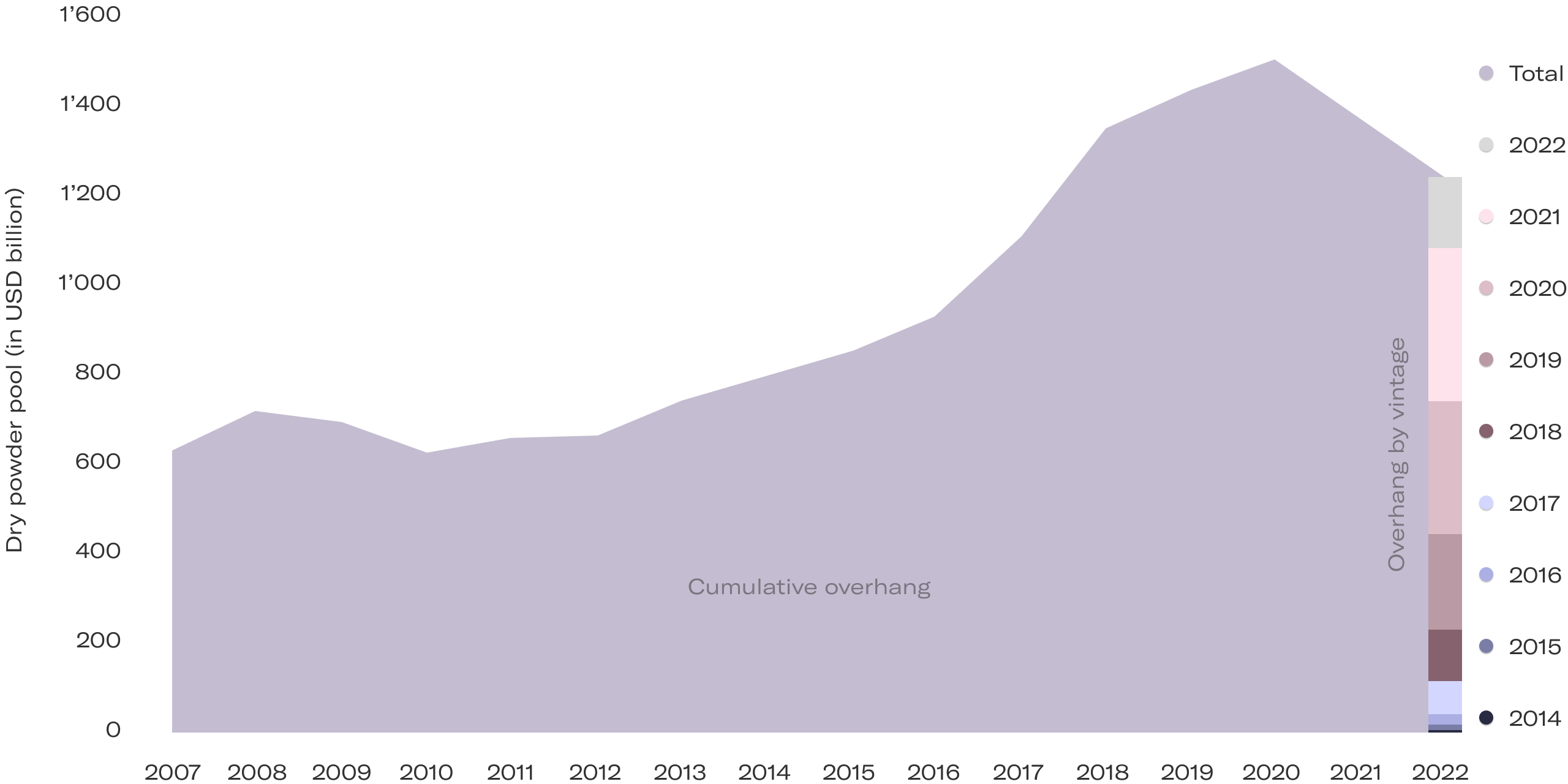4. Metaverse
Many people first heard about the metaverse when Facebook rebranded itself as Meta in October 2021. However, the term “metaverse” was first coined in Neal Stephenson's 1992 sci-fi novel, Snow Crash. Back then, many imagined a future where we played games and interacted using Virtual Reality (VR) goggles, but VR headsets were still quite primitive, and the internet was more of a conceptual idea than a tangible reality.
Fast-forward 30 years, and here we are. The technology has finally caught up with the vision. Meta has its Quest and Quest Pro VR headsets, Microsoft its HoloLens, and Apple has just released its Vision Pro in June 2023.
The Vision Pro takes user interaction to the next level, allowing them to navigate using their fingers, voice, and eyes. On the other hand, the HoloLens is being used in manufacturing to display information with its Augmented Reality Setting, and the Quest Pro’s controls have pressure sensitivity recreating the sensation of touch.
These tech giants, alongside numerous smaller upstarts, share a vision of a world where people can play, socialize, and work within 3D immersive environments and workspaces. For many, this is how they always imagined the internet would be.
“The metaverse will be an extension of the physical world, allowing us to do things that were previously impossible. We're just scratching the surface of what's possible.” — Satya Nadella, CEO of Microsoft
While many believe there is not yet a “killer app” for the metaverse, Meta’s VR platform, Horizons World, has built up a small, but loyal fan base. Moreover, Apple's Vision Pro has garnered much praise for its potential to revolutionize sports viewing, with rumors suggesting that Disney, the owner of ESPN, is exploring its possibilities as well. Many also believe that the metaverse could be an exceptional educational tool, allowing students to interact with historical figures or conduct scientific experiments in an interactive space.
According to a market research study published by Contrive Datum Insights, the global metaverse market was valued at USD 51.69 billion in 2022 and is projected to surpass USD 1.3 trillion by 2030 with a CAGR of 44.5% (see chart below).
The global metaverse market size from 2021 to 2030 (in USD billion)
Source: Precedence Research








